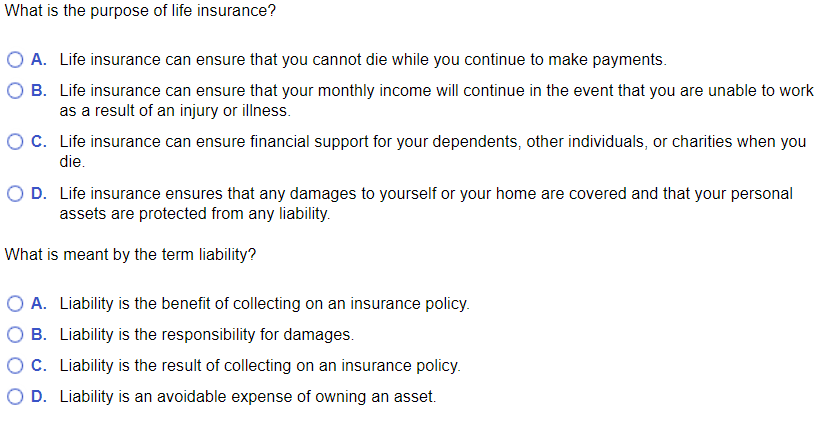The Pacific Prime PDFs
The Pacific Prime PDFs
Blog Article
Pacific Prime Fundamentals Explained
Table of ContentsA Biased View of Pacific PrimeSome Known Details About Pacific Prime Things about Pacific PrimeThe Ultimate Guide To Pacific PrimeGetting The Pacific Prime To Work

This is due to the fact that the data were collected for a period of solid financial performance. Of the estimated 42 million people who were without insurance, just about concerning 420,000 (about 1 percent) were under 65 years old, the age at which most Americans end up being qualified for Medicare; 32 million were adults in between ages 18 and 65, around 19 percent of all grownups in this age group; and 10 million were kids under 18 years old, about 13.9 percent of all youngsters (Mills, 2000).
These quotes of the number of persons without insurance are created from the yearly March Supplement to the Current Population Study (CPS), conducted by the Demographics Bureau. Unless otherwise noted, nationwide price quotes of people without wellness insurance coverage and percentages of the population with different kinds of protection are based upon the CPS, one of the most extensively utilized resource of price quotes of insurance coverage and uninsurance prices.
Pacific Prime Fundamentals Explained

Still, the CPS is particularly beneficial due to the fact that it generates yearly price quotes fairly promptly, reporting the previous year's insurance policy coverage estimates each September, and because it is the basis for a constant set of estimates for greater than two decades, enabling analysis of fads in protection in time. For these reasons, in addition to the considerable use the CPS in other studies of insurance protection that are presented in this report, we count on CPS quotes, with constraints kept in mind.

The quote of the number a knockout post of without insurance people increases when a populace's insurance standing is tracked for a number of years. Over a three-year period starting early in 1993, 72 million people, 29 percent of the united state population, were without insurance coverage for a minimum of one month. Within a single year (1994 ), 53 million individuals experienced at least a month without protection (Bennefield, 1998a)
Six out of every 10 without insurance adults are themselves utilized. Although working does improve the likelihood that and one's family members will have insurance, it is not a guarantee. Even members of family members with 2 full-time breadwinner have nearly a one-in-ten possibility of being uninsured (9.1 percent without insurance rate) (Hoffman and Pohl, 2000).
Pacific Prime for Beginners
New immigrants account for a considerable proportion of people without medical insurance. One evaluation has actually attributed a considerable portion of the recent development in the size of the U.S. without insurance population to immigrants who showed up in the country in between 1994 and 1998 (Camarota and Edwards, 2000). Current immigrants (those who concerned the United States within the past 4 years) do have a high price of being uninsured (46 percent), but they and their youngsters represent simply 6 percent of those without insurance nationally (Holahan et al., 2001).
The connection in between medical insurance and accessibility to care is well developed, as recorded later in this phase. The relationship between health insurance and health outcomes is neither direct nor straightforward, a substantial scientific and health and wellness solutions research study literature links wellness insurance policy protection to better accessibility to care, much better quality, and boosted personal and populace health status.
Degrees of evaluation for analyzing the results of uninsurance. It focuses especially on those without any type of health and wellness insurance for any type of length of time.
Getting The Pacific Prime To Work
The problems encountered by the underinsured are in some areas comparable to those encountered by the without insurance, although they are normally less extreme. Health insurance coverage, nevertheless, is neither necessary neither adequate to acquire access to clinical solutions. The independent and direct effect of health and wellness insurance policy protection on access to health solutions is well established.
Others will certainly get the health and wellness care they require even without health insurance, by spending for it out of pocket or seeking it from companies who offer care complimentary or at very subsidized prices. For still others, medical insurance alone does not guarantee receipt of treatment due to various other nonfinancial barriers, such as an absence of healthcare companies in their community, restricted accessibility to transport, illiteracy, or linguistic and cultural distinctions.
An Unbiased View of Pacific Prime
Official research about uninsured populations in the USA dates to the late 1920s and early 1930s when the Committee on the Expense of Treatment generated a series of records concerning funding doctor office brows through and hospitalizations. This concern became salient as the numbers of medically indigent climbed throughout the Great Clinical depression.
Report this page